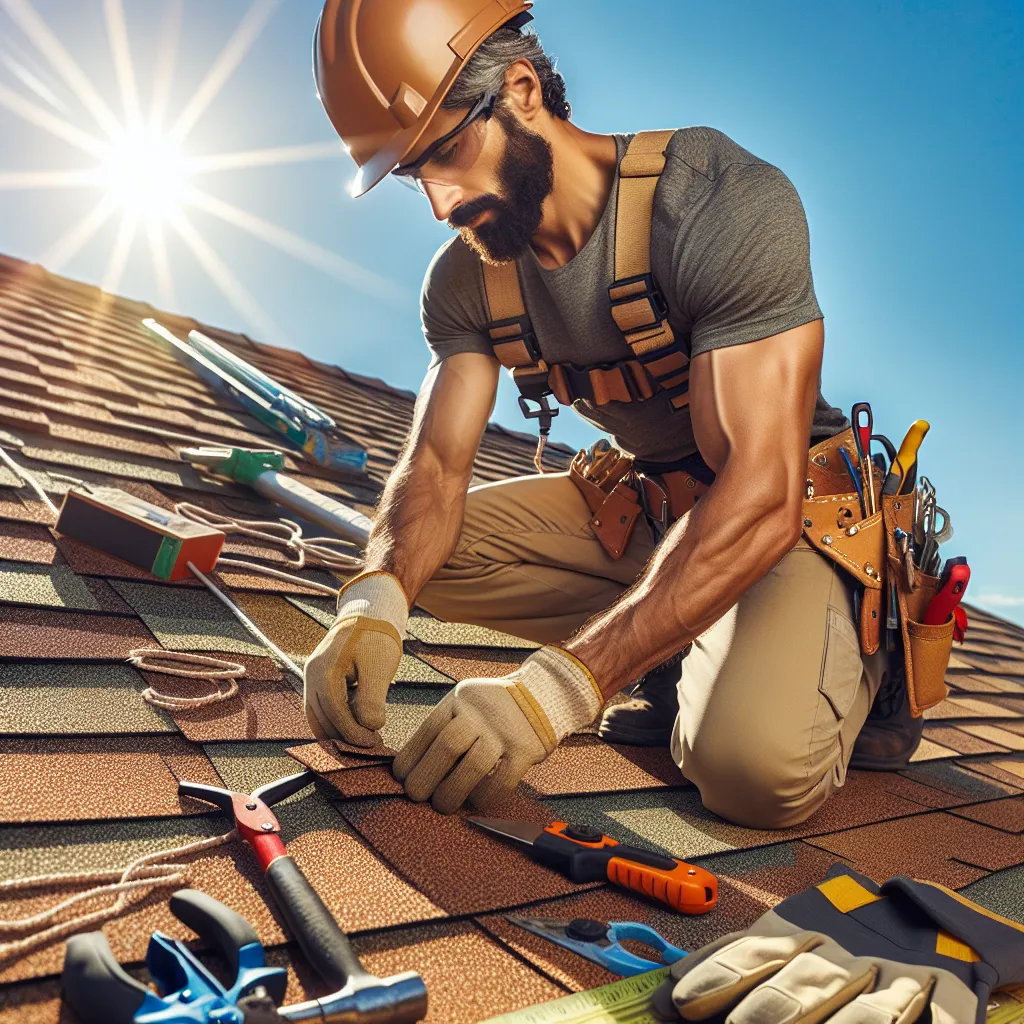We don’t spend much time thinking about roofs—until a leak, storm, or home project puts them front and center. Yet, roofers are the hands and hearts behind keeping our spaces dry, safe, and energy-efficient. For anyone who owns, builds, or renovates property, understanding roofers means understanding the backbone of shelter. Let’s pull back the curtain and see what goes into the world of roofers—how they shape our daily lives, what to expect, and how to choose the right one when the time comes.
What Are Roofers and Why Should We Care?
Roofers are skilled tradespeople who install, repair, and maintain the roof coverings that protect homes and buildings. They work with a melange of materials—shingles, metal, wood, rubber, and even living plants. Roofers don’t just slap on shingles; they design solutions for weatherproofing, insulation, ventilation, and sometimes even solar energy.
Why does this matter? Because a roof isn’t just a hat for your house—it’s what stands between you and the next thunderstorm, summer heatwave, or chilling blizzard. A good roofer doesn’t just keep you dry; they help keep your bills down and your structure sound.
Roofers: Roles, Tasks, and Essential Skills
Core Duties of Roofers
Let’s break down what roofers actually do. Here’s a snapshot of daily tasks:
- Inspect roofs for damage, leaks, or structural issues.
- Remove old roofing materials and debris.
- Install new roofing materials (shingles, tiles, metal panels, membranes, etc.).
- Seal and waterproof joints, flashing, and vents.
- Repair or replace damaged structural supports (joists, decking).
- Ensure proper ventilation and insulation.
- Implement green solutions like solar panels or living roofs.
Table: Common Roofing Materials and Their Uses
| Material | Typical Use | Lifespan (yrs) | Pros | Cons |
|---|---|---|---|---|
| Asphalt | Homes, garages | 15–30 | Affordable, easy repair | Shorter life, less eco |
| Metal | Residential, barns | 40–70 | Durable, fireproof | Costlier, noisy in rain |
| Slate/Tile | Historic, upscale | 50–100 | Beautiful, long life | Heavy, expensive |
| Wood Shakes | Cottages, rustic | 20–40 | Natural look | Fire risk, high maintenance |
| EPDM/Rubber | Flat roofs, comm. | 20–35 | Flexible, waterproof | Can puncture, fades in sun |
| Green/Living | Commercial, modern | 30+ | Insulates, eco-friendly | Complex, costly install |
Skills Every Roofer Needs
Strong arms help, but roofers need more than muscle:
- Attention to detail: A single missed nail can mean a leak.
- Balance and stamina: Think tightrope walker meets marathon runner.
- Problem-solving: Every roof is unique—angles, materials, age, weather.
- Communication: Explaining options and issues to clients.
- Safety sense: Working at heights isn’t for the faint-hearted.
Quick Graph: Top Five Risks Roofers Face
Roofers
Roofers are skilled tradespeople responsible for installing, repairing, and maintaining roofs. They work with various materials like shingles, metal, and waterproof membranes, ensuring structures stay weatherproof. Their expertise is crucial because poor installation can lead to leaks, mold, and structural damage.
Why Choose Roofers?
- Experience & Skills: Properly assess and address unique roof issues.
- Safety Focus: Use protective gear and follow OSHA standards.
- Material Knowledge: Select the best roofing materials for durability and cost-efficiency.
Key Benefits
- Long-lasting roofs that withstand weather extremes
- Energy-efficient solutions like solar shingles
- Enhanced property value
Graph: Average Roof Lifespan
| Material | Lifespan (Years) |
|---|---|
| Asphalt Shingles | 15-30 |
| Metal | 40-70 |
| Slate | 50-100 |
Ready to secure your home? Contact our expert at today and get a free quote to protect your investment!
Frequently Asked Questions About Roofers
How long does a typical roof replacement take?
Most residential roofs take 2–5 days to replace, depending on the size, weather, and materials used.
What is the average lifespan of a new roof?
The lifespan varies by material: asphalt shingles last 15–30 years, metal roofs 40–70 years, and slate or tile roofs can last 50–100 years.
How often should I have my roof inspected?
It’s recommended to inspect your roof every 1–2 years and after major storms to catch any damage early.

